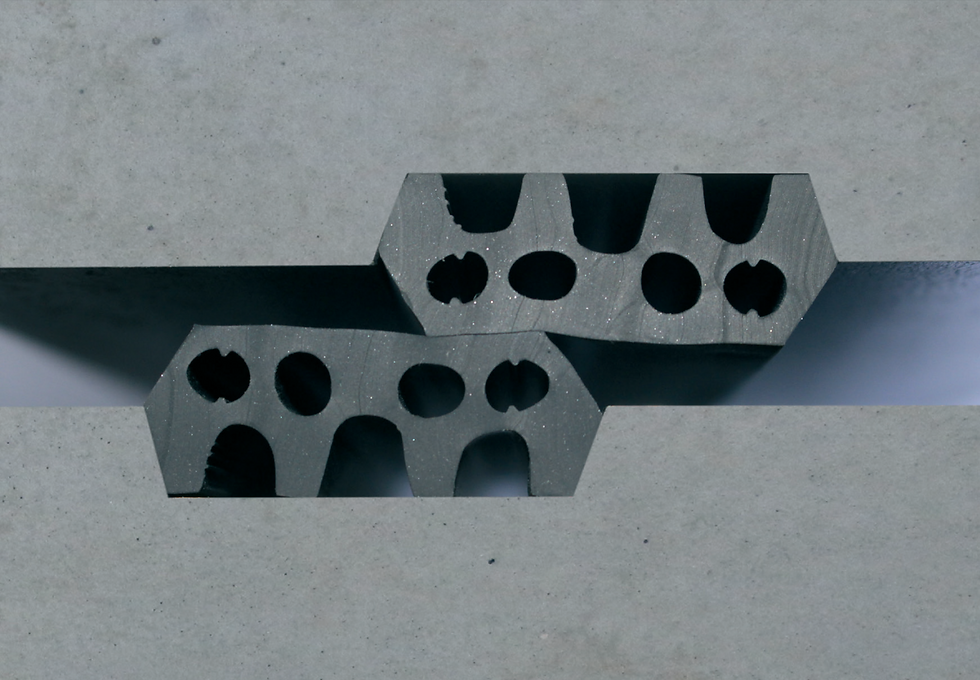Universal engineering principles
- Si Shen

- Dec 14, 2019
- 3 min read
I believe it is essential for engineers to develop the habit of zooming out from their routine designs and re-think at a higher level of the overall design philosophy/strategy. To help facilitate this process, this blog post lists out some most fundamental engineering principles that I have learned from my past experience. These principles are universal, regardless of countries, type of design, industry or code of practice, and therefore applies to everyone and every design.
1. The limit state design principle: a structure should be designed to be both safe (ultimately limit state) and fit for use (serviceability limit state). The serviceability limit state addresses the performance of the structure under normal use and ultimate limit state ensures the structure to be safe under the worst credible scenario.
2. The early warning principle. A structure should be designed to have sufficient ductility under the ultimate limit state, so that it shows obvious signs of distress before failure. Such signs could be: deflection, cracking. From another perspective, it could also be understood as a structure must demonstrate a complete failure in its serviceability criteria so as to be put out of use well before a collapse.
3. Avoidance of disproportionate impact principle. It is ok for a small failure to cause a small impact; and it is ok for a large failure to cause a large impact; but it is not ok for a small failure to cause a large impact. A structure should be designed to behave in such a way that a local failure does not lead to a complete disaster. Large ships have compartmentalisation in the ship body so that if a local compartment leaks, it gets sealed up by water-tight gates so that the ship keeps going. The iceberg that hit the Titanic ripped open one compartment too many which resulted in the ship sinking, but the ship was designed such that even if half of the compartments leaked, the ship would still survive. Mechanisms for local containment of failure should be put in place under disastrous scenarios such as severe earthquakes. In such scenarios, secondary structural component should be designed to fail before primary components. For example, floor panels or beams should fail in a building structure ahead of columns, because beam failures lead to local minor collapse whereas column failures lead to large scale failures.
4. The reliability principle. Reliability, in the context of engineering materials for example, is the expected variation (ideally the lack of it) in its properties. The more reliable a material is, the fuller its average capacity can be used, which is achieved by assigning a lower partial factor in design. For example, steel is more reliable than concrete in its material properties hence has a lower reduction factor attached to its strength compared to concrete (1.15 vs. 1.5). I plan to make another blog post to elaborate just on this principle. Risks can never be fully eliminated. It is also a sobering fact that risk mitigations themselves cost money and other resources. A wide-known catch phrase is to ‘reduce risks as low as reasonably practicable’. However, how much money are you willing to spend to mitigate a risk before you think any more is no longer worthy? The law of diminishing return applies here. The rule of thumb is that the reduction in risk value should grossly outweigh the effort and cost of the mitigation.
5. The risk reduction principle. Engineers are by law required to manage hazards and reduce risks by implementing mitigations. Some mitigations reduce the probability of an adverse scenario or event occurring, whereas other mitigations reduce the severity of adverse consequences should the event occur. For example, when mitigating the risk of working at height, installing edge protection reduces the likelihood of a fall from height, but the consequence of falling from height remains exactly as before; whereas installing a fall-arrest net does not prevent anyone from falling, but reduces the bodily damage resulting from the fall.
6. The robustness principle. Robustness means the likelihood of survival of a structure in case something bad happens to it. Generally speaking, robustness is achieved by providing redundancy. We all know that a three-legged stool is a stable structure. A fourth leg to the stool is not only redundant, but also could make it wobbly. However, upon breaking a leg, a three-legged stool collapses whereas four-legged stool survives. This is the power of redundancy. Yes it cost you extra, and it may even be cumbersome, but it gives you one extra life in the game.
7. The proportionate effort principle. The effort spent on designing and risk-mitigating a component should be proportionate to its level of criticality in the system. Simplified, deemed-to-satisfy approaches should be adopted for elements with minor importance, whereas explicit and sophisticated approaches should be adopted for elements with major importance.
Please leave a comment if you have anything to add or you can think of any other universal principles!




Comments